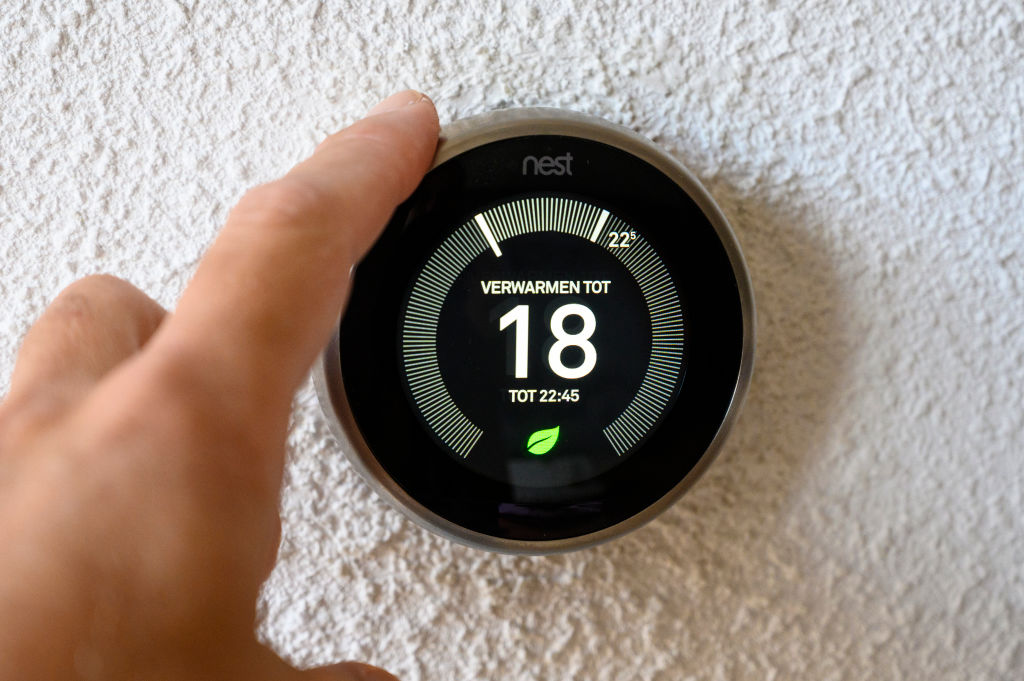Smart technology has become an integral part of our lives, spanning everything from home automation systems to wearable devices. With so many brands, models, and features to choose from, making an informed decision can often feel overwhelming. Add to this the rapidly evolving tech landscape, and you might find yourself at a crossroads, asking, “Am I really getting the best deal?”
This guide walks you through the most effective ways to compare prices for smart tech in 2025. Whether you’re in the market for a new smart thermostat, a high-speed router, or the latest smartwatch, we’ve got you covered. By the end of this post, you’ll know where to look, what to consider, and how to save money without compromising on quality.
Why Price Comparison Matters More Than Ever

Before we jump into tips and tricks, let’s address why price comparison is crucial right now.
1. Explosion of Smart Tech Options
The variety of products available has grown exponentially over the past decade. For instance, the number of smart home devices grew to over 120 million globally in 2024, and this growth shows no signs of slowing down. With so many options, it’s easy to end up paying more for a comparable product without proper research.
2. Varied Pricing Across Retailers
Pricing differences between retailers are still substantial in 2025. Retailers often adjust prices dynamically based on factors like location, demand, and even browsing habits. A product that costs $300 on one platform might only cost $250 on another.
3. Environmental and Financial Impact
When you’re equipped with pricing knowledge, you make smarter, long-lasting buying decisions. This not only saves money but also reduces waste. Consumers are increasingly drawn to sustainable, multi-functional smart tech options, which are often higher investments upfront. A good price comparison ensures those investments are meaningful.
Where to Start Your Price Comparison Journey
1. Leverage Specialized Comparison Websites
Today, platforms dedicated solely to comparing electronic and smart tech prices dominate the online shopping scene. Websites such as TechFind 2025 and SmartPrice Today gather data in real time, helping users view side-by-side comparisons across features, prices, and availability. These platforms often include reviews, giving you a one-stop shop for research.
Tip: Many of these platforms now feature AI-driven personalization. Simply input your requirements—for example, “smart security camera with night vision for under $200″—and the tool will sift through matches tailored to your needs.
2. Utilize Mobile Price Comparison Apps
Smartphone apps like CompareItGO and ShopPal Deals allow you to scan barcodes or upload screenshots of online listings. The app will then pull up price comparisons across local and international retailers, offering insights into the current deals in your area.
2025 Highlight Feature: Some of these apps offer price-history charts, making it easy to predict sales trends. For example, a smart vacuum might be cheapest in February, based on historical data.
3. Amazon Isn’t Always King
Amazon remains a giant in online retail, but surprising alternatives have gained traction:
- Walmart SmartTech Center: Known for competitive pricing on home automation tools.
- Newegg Plus: Frequently features bulk-buy discounts, making it appealing for those upgrading multiple devices at once.
- Direct-from-Manufacturer Sites: Purchasing directly from brands like Nest, Ecobee, or Samsung might include perks, such as extended warranties or bundled deals.
Key Factors to Consider When Comparing Smart Tech

Price is just one piece of the puzzle. A gadget priced at $50 less likely isn’t the bargain it seems if it’s missing crucial features. Here’s what to evaluate:
1. Compatibility and Ecosystem
Many consumers overlook the importance of compatibility within their smart home ecosystem. For example:
- If you already own Amazon Alexa devices, opting for Echo-compatible gadgets ensures seamless integration.
- Apple HomeKit and Google Home users should prioritize tech supported by these ecosystems.
2. Features Over Frills
Does the product cater specifically to your needs? For example:
- Do you need a high-resolution screen on a fitness tracker, or would you prefer longer battery life?
- Is AI-driven functionality crucial for your home hub, or will a simpler device suffice?
3. Warranty and Support
Extended customer support or warranties adds value that pricing alone may overlook. A $50 difference between identical smart doorbells might be justified if the pricier option includes a 3-year warranty versus 1 year.
4. Energy Efficiency
Given the push for greener tech in 2025, energy-efficient devices that are solar-compatible or consume less standby power can drastically reduce operating costs over time—even if their initial price is higher.
5. Subscription Costs
Smart tech such as security cameras often comes with monthly cloud storages fees. When comparing devices, factor recurring costs into the total expenditure over a year or more.
How to Identify the Best Deals

1. Wait for Seasonal Sales
Stay alert during flash sales like Spring Forward Week or annual favorites like Black Friday and Post-Holiday Clearance Sales. The year 2025 introduced newer discount events like Green Tech Mondays, which specifically cater to eco-conscious shoppers.
2. Subscribe to Newsletters
Sign up for tech retailer and manufacturer updates. Often, newsletters provide early alerts for sales or include exclusive first-time buyer coupons. Platforms like Coupon Scout and DiscountGenie also aggregate promo codes for your purchase.
3. Price Matching Policies
Some retailers like Best Buy or Staples allow price-matching requests within a set period. Take screenshots of competitor deals and keep your receipts handy.
4. Bundle Options
Retailers often provide discounted bundles. If you’re starting a smart home setup, look for starter packages that include multiple devices at a reduced rate.
Make Price Alerts Work for You
Price alert tools have become smarter in 2025:
- Use ShopMonitor AI to receive SMS alerts when a product drops below a certain price.
- Platforms like CamelCamelCamel track price variances on Amazon and notify you of historical lows.
- Many bank apps now have built-in cashback deals for certain online purchases.
Wrapping Up Your Smart Tech Shopping Experience

Smart technology is an investment, but with proper research and planning, it doesn’t have to drain your wallet. By leveraging comparison platforms, focusing on meaningful features, and timing your purchases strategically, you’ll make wise choices that suit both your needs and your budget.
And here’s an extra tip for 2025 buyers: Don’t just stop at buying. Share your experience with online communities like Reddit’s Tech Savvy subreddit or similar forums. Your insights could help someone else and even connect you to insider pricing tips.
Finally, have no regrets when splurging a little on technology that genuinely enhances the way you live. After all, tech is only as good as the convenience and value it brings.



